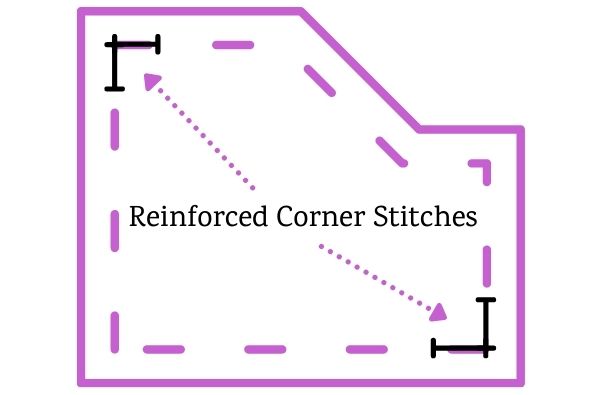Fabrics that have a pile, like Decor
suede or velvet , can make beautifully sumptuous furnishings and infuse an element of stylish elegance into a room. However, these fabrics will show lumps and bumps if, for example, the seat or scatter cushion is unevenly padded. This will give it an unwanted homemade appearance.








